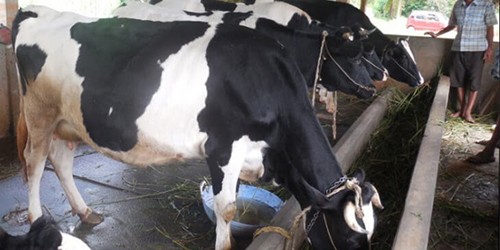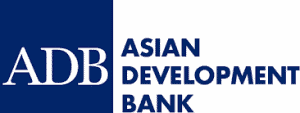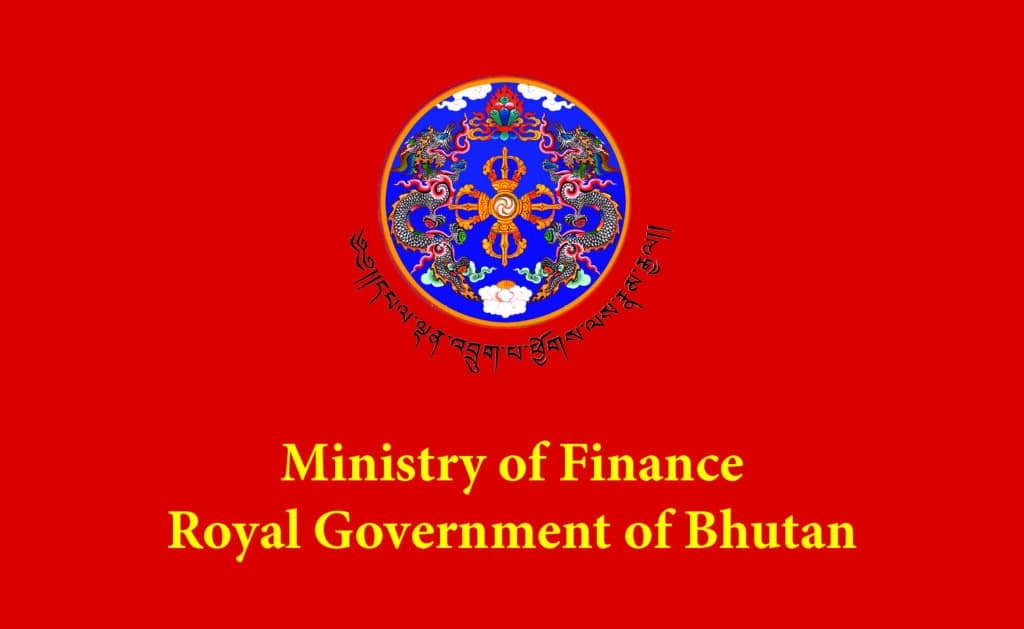With more than 36 dairy farmers group including one cooperative in Trashigang today, the dzongkhag is more than self-sufficient in milk production.
Excess milk production has also led farmers to exporting milk to other nearby dzongkhags.
The dairy groups comprise of more than 1,000 households from 11 gewogs. Among them Samkhar gewog has seven dairy farmers group, the highest in the Dzongkhag.
Of about 27,244 cattle heads in the dzongkhag, some 13,832 are involved in the production of milk and this could be the reason for making Trashigang the highest milk producing Dzongkhag in the country.
More than 7,000MT of milk are produced annually in the Dzongkhag. About 4,000MT are used for the production of cheese, butter and fermented cheese. About 30MT are kept for self-consumption by the farmers.
Pam chiwog in Samkhar operates one of the most successful dairy cooperatives in the Dzongkhag today.
Today, the group comprises more than 50 members with over 250 cattle heads. Every day about 200 liters of milk is produced which is sold for Nu 40 a liter in town.
Tshering, one of the members, said that farmers in his village slowly became self-sufficient. They have stopped going to work in the neighbor’s fields and are occupied in rearing cattle.
“Today, most of the farmers in upper Pam have bought land and constructed houses,” said Tshering. “This was all possible from the money they made from selling milk and its products.”
He said that dairy cooperatives are helping farmers become self-sufficient.
Trashigang Dzongkhag livestock officer, Naina Singh Tamang said that all the dairy groups in the dzongkhag are operational. However, he said that dairy group from places like Thrimshing and Lumang operates seasonally due to the unviability of ready market.
“Dzongkhag livestock office has been helping the farmers by providing different types of training and subsidies related to dairy farming,” said Naina Singh Tamang.
Moreover, with the establishment of Koufuku International Limited (KIL), a dairy processing plant at Chenary in Trashigang in 2015, the plant has immensely benefited the dairy farmers in providing a ready market.
Today, about 13 dairy groups supply milk to KIL, comprising about 300 households. The factory collects more than 2,000 liters of milk daily.
The company’s Chief Executive Officer (CEO), Ugyen Dendup said that when they can create markets, it directly benefits the farmers and empowers the rural economy.
“If we can assure ready market, it encourages farmers to work more and produce more, which ultimately boosts the local economy,’ he added.
With a dairy processing plant in the Dzongkhag, there is no shortage of market. Business is done through personal relations with individuals and hotels or at the dairy processing plant.
However, farmers said that shortage of feed for cattle remains the biggest challenge today. “The quality and quantity of milk depend on the kind of food that the cattle are fed,” said Dorji, a farmer. “Without reliable source of feed for the cattle, it is difficult to produce more milk.”
He said that dairy farming has helped farmers in the village become self-sufficient and has also contributed to the local economy. “With graduates and educated working in the dairy groups, it has also created employment opportunities in the dzongkhag.”
The livestock officer said that with no religious sentiments miffed and better access to market, dairy farming is picking up in Trashigang.
Meanwhile, officials said not many people are taking up livestock farming like piggery and poultry for meat as compared to dairy farming in the dzongkhag.
Jigme Wangchen from Tashigang














